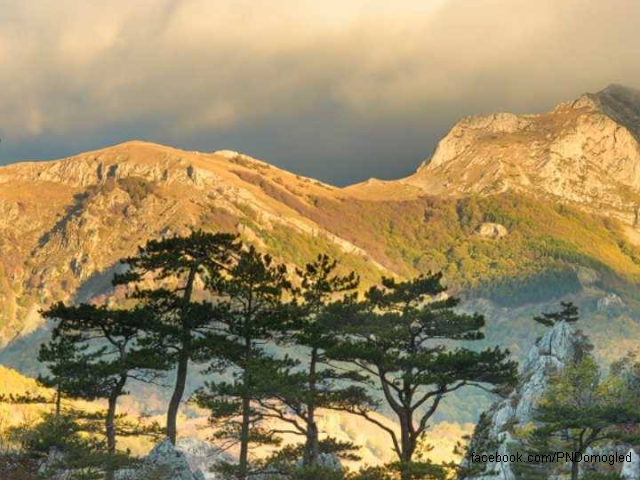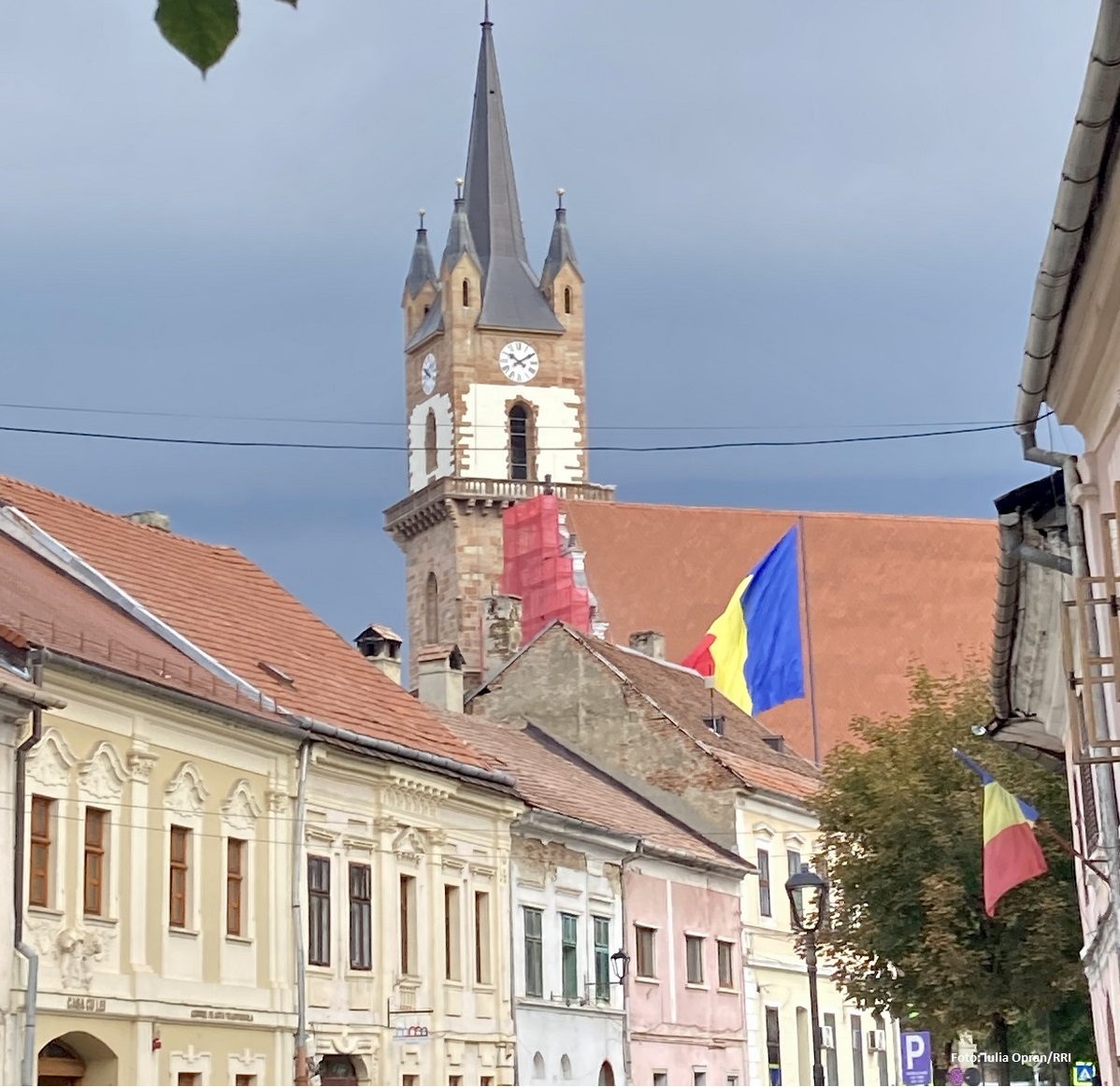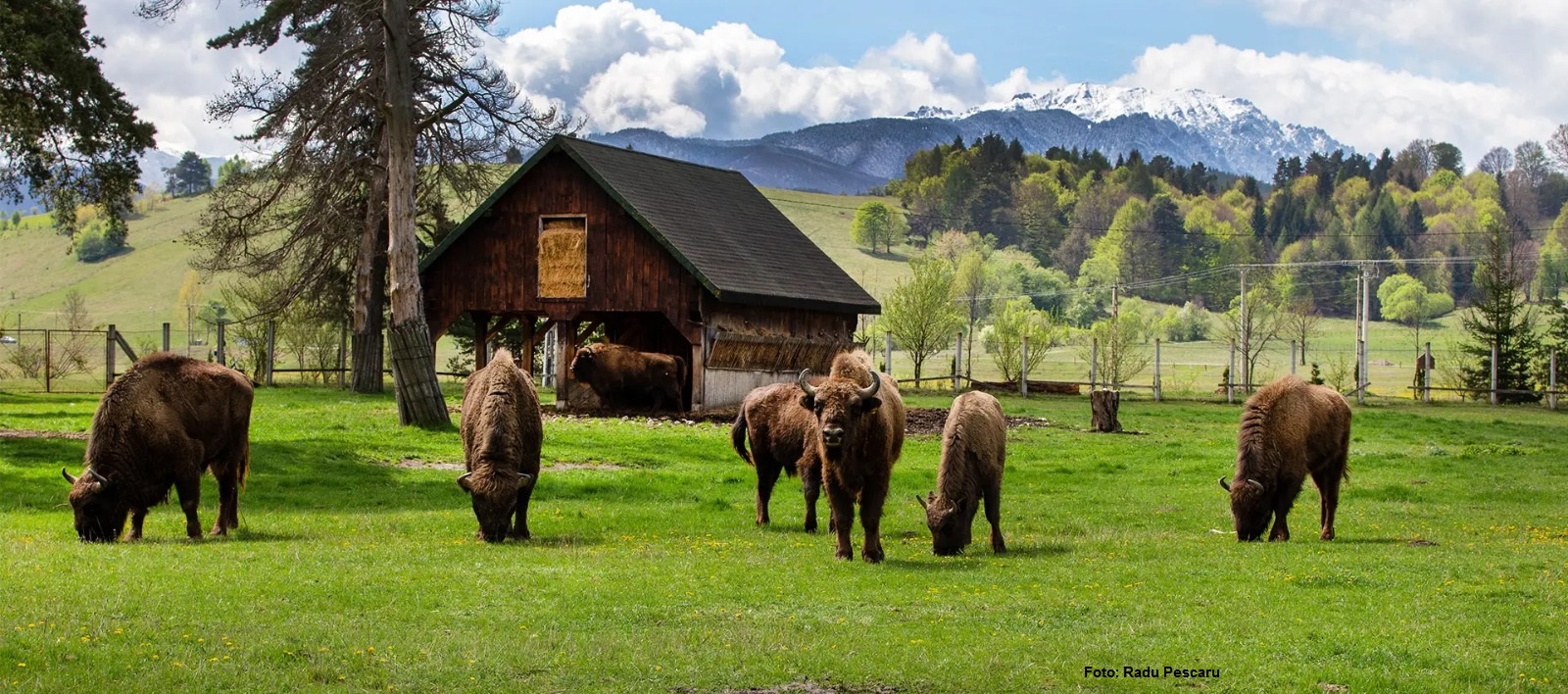Domogled-Valea Cernei National Park
The Domogled - Valea Cernei National Park is a protected area in southwestern Romania, stretching across the territories of three counties

România Internațional, 31.05.2018, 12:50
The Domogled -
Valea Cernei National Park is a protected area in southwestern Romania,
stretching across the territories of three counties, namely Caras-Severin,
Mehedinti and Gorj. The Muntele Domogled Flower and Landscape Reserve, which is
one of the park’s 11 reserves, was set up in 1932. 58 years later, in 1990, the
area was turned into the Domogled – Valea Cernei National Park, covering over
61 thousand hectares. It is a mountain area with more than 30 tourist routes,
with many caves, gullies, gorges, waterfalls, meadows, old forests and nature
reserves. The area is one of the rafting lovers’ favorite and also a perfect
spot for mountain climbers.
Mariana Pasarin is an expert with the Domogled -
Valea Cernei National Park Administration and
she told us more about the area:
Our park boasts a lot of attractions, some of
which are truly unique, such as its thermal caves. Others, shrouded in mystery,
are based on a number of legends about how they took shape. There are also
thermal caves that cannot be found anywhere else in Romania and that are very
rare at European and global level. One of these caves that is open to tourists
is the Steam Grotto, a wonder of speleology, with hot steam coming out of its
fissures. Also, the park is home to many forms of relief. Given the fact that
it is an area with a lot of limestone, it gets eroded easily, allowing for
various phenomena to occur. There are also waterfalls, such as Vanturatoarea
Waterfall, which is 40-meters high. What’s spectacular about it is the fact
that tourists can see this waterfall also from behind, given the fact that the
mountain route leading to this waterfall allows it to be admired from both
sides. Another waterfall is Cociului Waterfall, the highest in the country,
measuring 120 meters.
The Domogled
– Valea Cernei National Park is the only such site in the country that
comprises an entire river basin. Specifically, it is the basin of Cerna River
with all its tributaries, and Cerna Valley is regarded as the most beautiful in
the Carpathians. It is a lengthwise corridor separating 2 mountain ranges,
a 40-km long gorge along the Cerna, bounded by thick deciduous and coniferous
forests.
Here is Mariana Păsărin again:
The spring of Cerna is called Izbucul Cernei, and it has the highest flow rate in
Romania, around 1.5 – 2 cubic metres per second, but when it rains it may even
reach 10 cubic metres per second, it is like a waterfall. Another interesting
fact about this spring is that it has a constant, 7 degree Celsius temperature
around the year, with variations below 1 degree. Two reservoirs are also
located along Cerna, the first and biggest of them, Lake Iovanul, is
breathtakingly beautiful, and the second is Lake Herculane. Lots of hiking trails
await travellers, especially around Herculane Spa resort. One of them leads to
the White Cross, a very attractive site, particularly due to the legends around
how and when this object was placed on these rocks, which is a complete
mystery. But beyond the legends, the spot has a great view over the entire
Cerna Valley.
Over 2,000 ha of UNESCO-listed forests along Cerna Valley are included in the National Catalogue of Virgin and Quasi-Virgin
Forests in Romania.The Park management is planning a
larger-scale programme to promote this area, both by means of
advertisements and on-site routes that tourists and organised groups may use in
order to cross these virgin forests, which are unique in Europe. This protected
area boasts over 1,100 flower species, and in terms of landscape the Domogled – Valea
Cernei National Park stands out thanks to the smooth blend of karst relief and
vegetation.
Mariana Păsărin explains:
Visitors can find here the
Banat Black Pine, which is specific to
the Park and is actually its symbol. It is a tree growing on rocks, which makes
it quite spectacular to look at. We wonder how its roots can grow and find
nutrients in those rocks. Many sub-Mediterranean species also grow here, and
the route to the White Cross is peppered with rare species like the smoke tree
(Cotinus Coggygria), the Turkish hazel (Corylus colurna), sessile oak (Quercus petraea) and common lilac (Syringa vulgaris). Park staff are currently running a
project where we create a theme route providing information for tourists on
each plant species. Many other plants growing here are also unique to this
area, for instance in the hot water caves there is a unique moss species. There
are also lots of butterflies, nearly 45% of all the moth and butterfly species
can be found in our Park. In other words, the Domogled-Valea Cernei National
Park, which only accounts for 0.2% of the surface area of the country, is home
to half of Romania’s butterfly species. A tourist once said the area is rather
jam-packed with butterflies.Of the mammal species, I’d mention the bear, the
wolf, the wildcat, the lynx, lots of bats in the caves, and I should add
there are over 700 caves in the Park. There are deer, foxes, rabbits, scorpions
and the horned viper (vipera
ammodites, a strictly protected species).
A major
tourist site on Cerna Valley, described by many as one of the wildest and most
spectacular places in the country, is the Corcoaia Gorges. Its 300-m long,
100-m tall walls, which come together as close as 5 metres at ground level,
represent the most beautiful form of relief on Cerna Valley.






























